As sales of new motorcycles continue to decline, the peak industry body is urging a unified approach to draw new riders into the market to expand sales.
In an exclusive interview with AMCN, Rhys Griffiths, Motorcycle Manager for the Federal Chamber of Automotive Industries, said turning around the sales situation can’t just be left to the manufacturers and importers.
“The whole industry needs to come together and stop cannibalising the market,” said Griffiths, who went on to say discounts and financial incentives had resulted in stronger sales for some manufacturers, but not a stronger market. “Ultimately, instead of getting a new customer, or a new motorcycle rider into the sport, they are grabbing somebody from brand X and placing them on brand Y,” he said.
Griffiths proposes an industry-wide effort be set-up to promote motorcycling.
“There is not a lot of money around the industry to launch a marketing campaign to grow the industry, and the manufacturers need the genuine financial help of all participants in the industry,” he said. “Accessory importers and other organisations that make a living from motorcycling need to contribute to an industry-wide campaign.”
Griffiths pointed out that there are a number of action sports and leisure choices people have these days, saying motorcycling needs to realign to compete.
Over the past 20 years FCAI has played an important role in the changing motorcycle industry. It was instrumental in lobbying for LAMS, and put a huge effort into saving the ATV industry when it appeared incorrect government decisions were about to be made on their design and use. The FCAI also helped negotiate a timely introduction of ABS into the Australian market with an exclusion clause for enduro motorcycles.
More recently, FCAI members initiated Ride your Motorcycle to Work Week, aimed at reinvigorating the industry each year after winter. This encourages owners to get back into the saddle, and along the way into their local motorcycle dealership to use the expertise and services, perhaps getting new tyres and possibly taking a refresher training course.
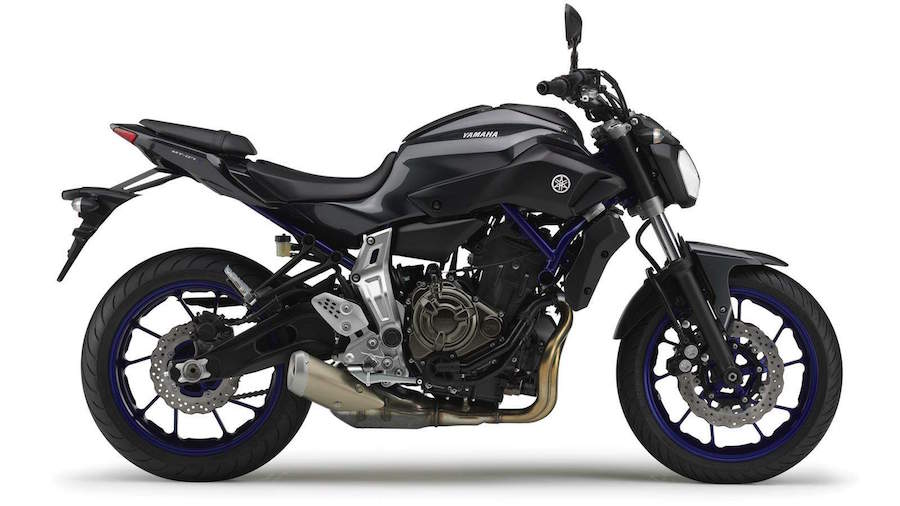
First quarter takes a hit
Sales of new motorcycles in the first quarter of 2019 declined 14.6 percent compared to the same period last year, with road models slumping 19.2 percent and off-road 9.3 percent.
But scooter sales soared 29.6 percent with Suzuki (+166.7 percent) and Honda (+95.7 percent) making significant gains compared to traditional heavyweights Piaggio (-23.2 percent) and Vespa (+2.3 percent).
Despite a 17.8 percent drop, Harley-Davidson led roadbike sales ahead of Yamaha (-8 percent) and Honda (-37.9 percent). However it should be noted that Honda had an usually good start to 2018, selling 2076 models in the first quarter a year ago. Honda retained leadership of the overall market, followed by Yamaha, Kawasaki and Harley-Davidson.
The trend towards smaller-capacity motorcycles was confirmed in the first quarter. Honda’s CRF50F minibike (+101 percent) led Yamaha’s ever-popular enduro WR450F (+81.4 percent), with Honda’s commuter-focused CB125E third despite sales dropping 26.4 percent. Kawasaki’s Ninja 400 (+79.9 percent) and Yamaha’s MT-07L (+20.6 percent) show there is a lot of steam in smaller bikes.
Tin-top snapshot
An interesting comparison can be made with new vehicle sales in Australia. A 7.9 percent drop in the first quarter marked 12 consecutive months of negative growth for four wheels.
Top 5 roadbikes: Jan-March, 2019
POS BIKE 2019 YTD 2018 YTD
1 Honda CB125E 318 432
2 Yamaha MT-07L 281 233
3 Kawasaki Ninja 400 250 139
4 Yamaha MT-09 189 210
5 Yamaha YZF-R3 189 286
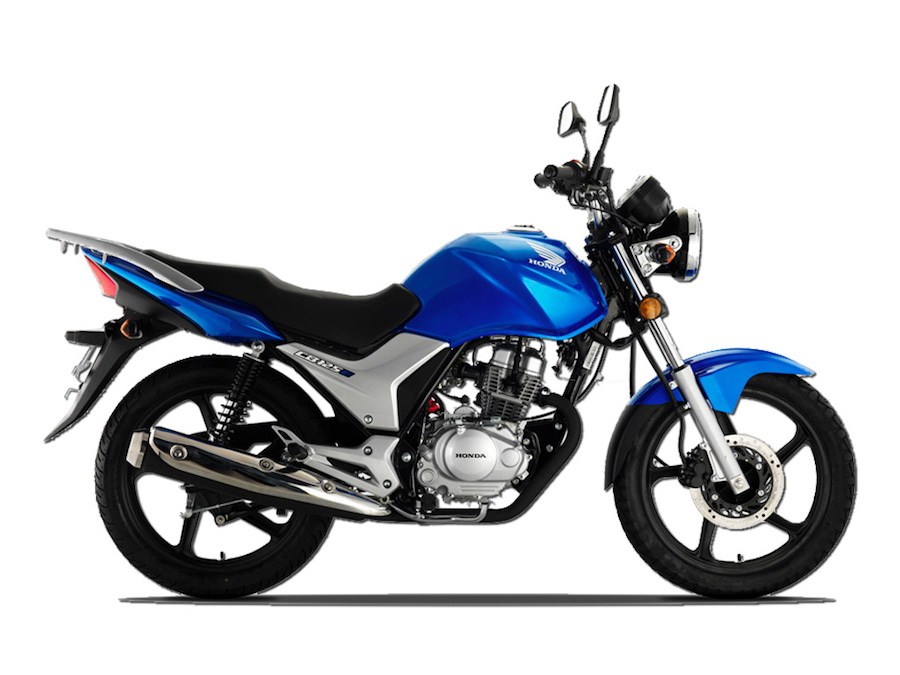
Top 5 nakedbikes: Jan-March, 2019
POS BIKE 2019 YTD 2018 YTD
1 Honda CB125E 318 432
2 Yamaha MT-07L 281 233
3 Yamaha MT-09 189 210
4 Yamaha MT-03 180 202
5 Honda Grom 160 193
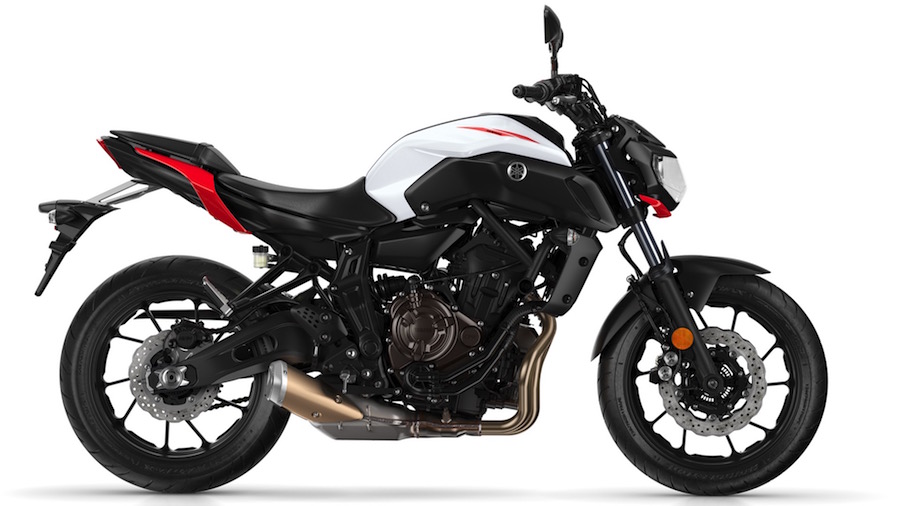
Top 5 adventure bikes: Jan-March, 2019
POS BIKE 2019 YTD 2018 YTD
1 Suzuki DR650SE 121 139
2 BMW R 1250 GSA 97 0
3 BMW R 1250 GS 85 0
4 Honda Africa Twin 81 100
5 Kawasaki KLR650 70 79
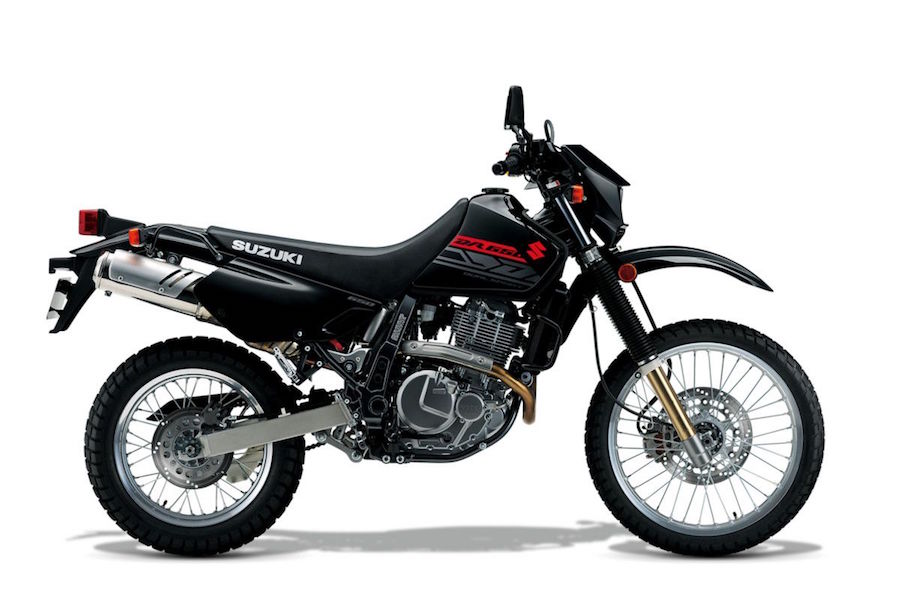
Top 5 cruisers: Jan-March, 2019
POS BIKE 2019 YTD 2018 YTD
1 Harley-Davidson Breakout 185 208
2 Honda Rebel 171 192
3 Harley-Davidson Fat Boy 161 107
4 Kawasaki Vulcan S 147 168
5 Yamaha XVS650/A 140 94
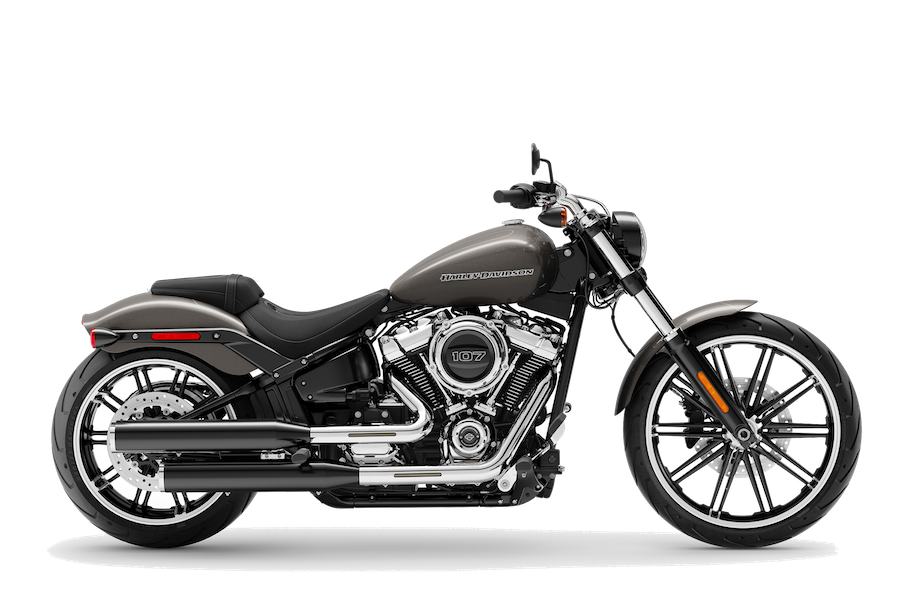
Top 5 LAMS approved: Jan-March, 2019
POS BIKE 2019 YTD 2018 YTD
1 Yamaha WR450F 332 183
2 Honda CB125E 318 432
3 Yamaha MT-07L 281 233
4 Kawasaki Ninja 400 250 139
5 Yamaha YZF-R3 189 286

The industry isn’t dying, but…
Grim figures showing an annual 10 percent decline in new bike sales don’t tell the full story.
There are 870,000 registered motorcycles in Australia, and that figure doesn’t include recreational registration figures. Registration figures have actually increased while new bike sales have declined. Growth is at a very slow rate but shows a ray of hope.
More worrying for the manufacturers and distributors is the average age of Australia’s fleet of registered motorcycles. In 2013 the average registered motorcycle was 9.3 years old; in 2018 it was 10.5 years old.
AMCN INVESTIGATES
AMCN continues its in-depth analysis of the sales situation. We will talk to major distributors, dealers, niche-market businesses, motorcycle trainers and riders to reveal the facts. Stay tuned!
By HAMISH COOPER